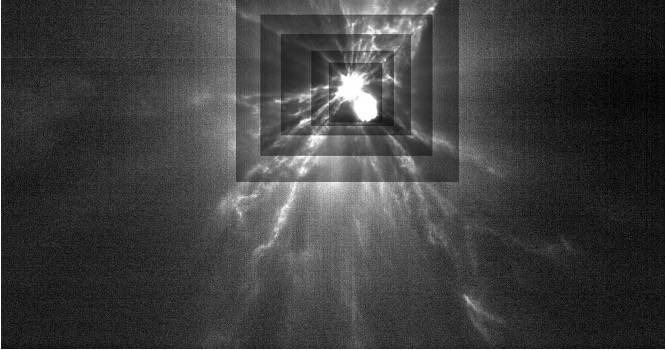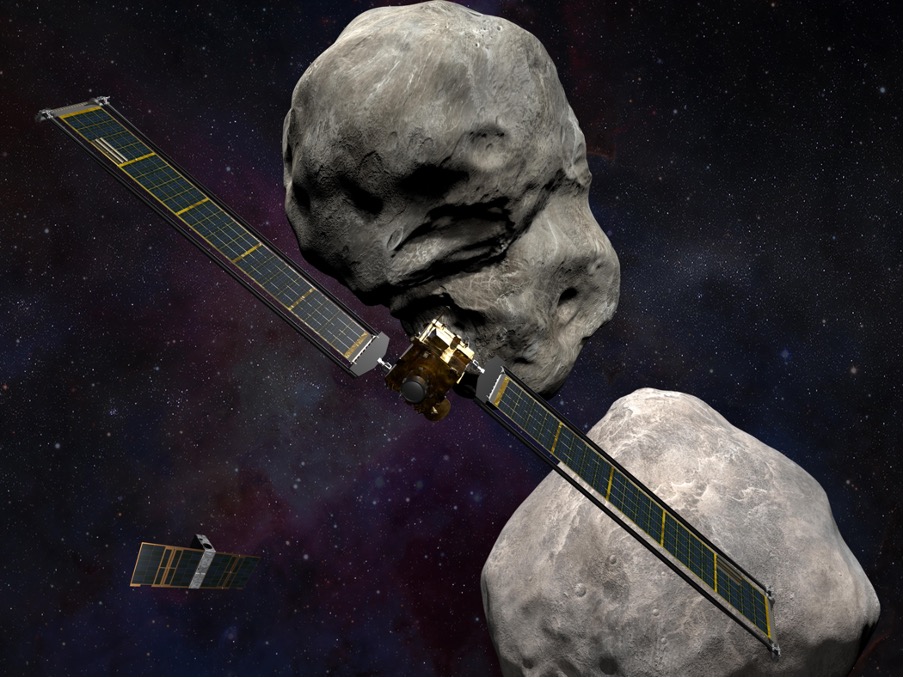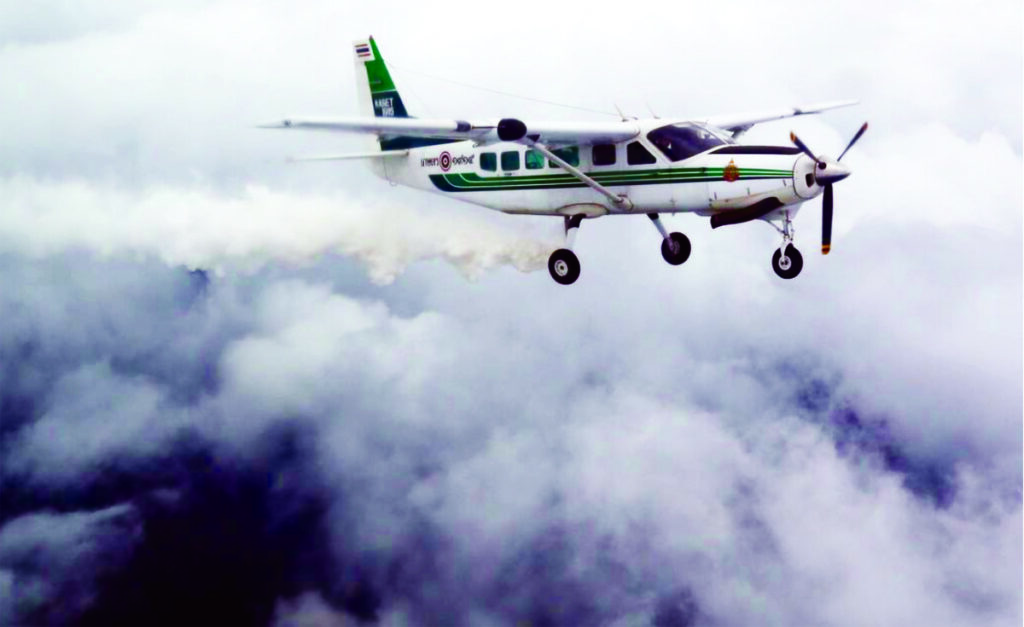Asteroids are the fragments that remained after the inner planets, including Earth, were formed. They are potentially hazardous rocks that pose one of the biggest threats to life on Earth. If one of these ever hits our planet, it may result in a massive catastrophe. When an asteroid hits the ground, it creates a massive impact crater, destroying everything that is there. The search for undiscovered asteroids is still an ongoing process, even though there are no known objects that pose a threat to Earth at the moment. NASA still continues its research and planning in order to prevent or reduce the effects of a potential impact, in case if they were to ever come across one in the near future.
NASA launched a space mission called ‘Double Asteroid Redirection Test’ (DART) with the intent of testing a planetary defense strategy against near-Earth objects. Beginning with distinct plans for missions to test asteroid deflection techniques, NASA and the European Space Agency (ESA) came together in 2015 to form AIDA (Asteroid Impact and Deflection Assessment), a partnership including the launch of two independent spacecraft that would complement one another. That plan called for the launch of DART in July 2021 and AIM, the European spacecraft, in December 2020. DART’s launch preparations started on October 20, 2021, when the spacecraft at California’s Vandenberg Space Force Base (VSFB) started receiving fuel. After traveling across the country, the spacecraft arrived in Vandenberg in the beginning of October 2021. DART’s purpose was to measure the amount an asteroid is deflected by a spacecraft impact due to the transfer of momentum when the spacecraft strikes the asteroid head-on.

The asteroid Didymos has a natural satellite called Dimorphos. Dimorphos was also selected because of its suitable size; it falls within a category of asteroids that one might want to divert if they were headed straight for Earth. The DART spacecraft that began its descent from Earth on November 24, 2021, successfully came into collision with Dimorphos on September 26, 2022, shortening its orbit by 32 minutes, exceeding the success threshold of 73 seconds.
Dimorphos was struck by the spacecraft in the direction that the asteroid was moving in. Dimorphos’ instantaneous orbital speed decreased after the impact, which resulted in a minor decrease in the radius of its trajectory around Didymos. Didymos’ trajectory was likewise altered. However, it did so in an opposite relationship to the difference between its mass and Dimorphos’ far lower mass. The instantaneous decrease in Dimorphos’ velocity component throughout its orbital track was calculated using the shorter binary orbital period; the results showed that a significant amount of more momentum was transmitted to Dimorphos from the evading impact particles than from the impact itself. In this approach, Dimorphos was successfully deflected by the DART’s kinetic impact.

Early Career
The topography and makeup of the surface were two factors that affected the actual velocity modifications and orbital shift. The 610 kilogramme DART spacecraft was an impactor with no research payload and solely navigational instruments. By the time the spacecraft came into contact with Dimorphos in 2022, it had already cost US$330 million. Due to the recoil of the ejected debris’ momentum, which was significantly greater than the force caused by the impact itself, DART was successful in deflecting Dimorphos.

DART was more than just a test impactor for asteroids. The mission also tested brand-new technologies intended to enhance how we control and communicate with spacecraft and used cutting-edge equipment never previously deployed on a planetary spacecraft. It is still uncertain how much material was discharged and how much recoil there was. The asteroid’s surface makeup, which researchers are still examining, has a significant impact. Laboratory tests conducted on Earth indicated that additional material would be blasted out if the exposed material was weakly consolidated or poorly formed. Less material would be ejected from a surface that was well integrated or firmly compacted. The DART mission’s hardest challenge was guiding a tiny spacecraft to a close collision with a tiny asteroid millions of kilometers distant. The DRACO camera and a standalone navigational device called SMART Nav were installed on the spacecraft to address this issue and allow it to navigate without any guidance from Earth-based engineers. The only tool that could offer a thorough perspective of Dimorphos’ surface was DRACO. Images were hazy as a result of vibrations induced by the use of DART’s propellers across the spacecraft and on its solar panels. The last trajectory modification was carried out four minutes prior to impact and the thrusters were then turned off to assure clear photos.
The chances of an asteroid hitting our planet are very low. In fact, over the next 100 years, there is no known asteroid that poses a high chance of colliding with Earth. The European Space Agency is working on a joint initiative to create the Hera spacecraft, which will be sent to Didymos in 2024 and land there in 2026. Hera will begin watching the asteroid roughly four years after DART’s hit. Thus, radar and telescopes on the ground were required to obtain live surveillance of the DART impact. In conclusion, NASA’s attempt at redirecting asteroids, which was called the DART mission, turned out to be a huge success.
Written by – Harshita Jajodia
Edited by – Anushka Bhutani




